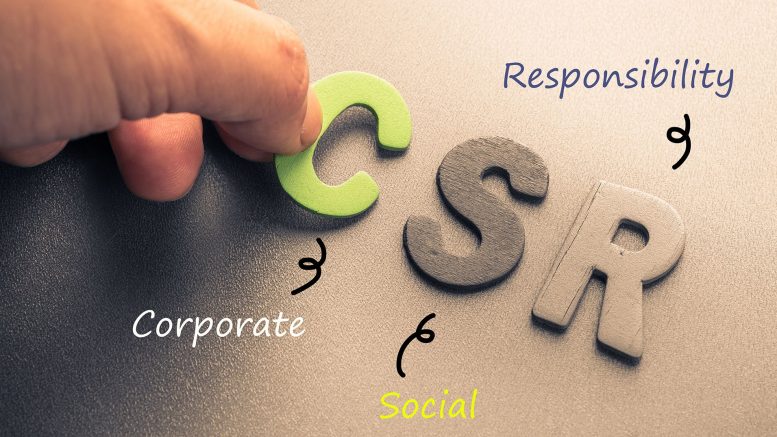As a CSR (corporate social responsibility) professional, I am privy to conversations around the subject that has more often than not, my counterparts from different organisations or foundations. The discussions revolve around how strategies have evolved, the work done, what more needs to be done and how, we as a collective can spearhead change at the ground level.
Last fortnight though, this discussion took place on a different platform. On its very first day of a 4-day national event, NHRDN (National Human Resources Development Network) slated a session on ‘Value generated at the intersection of employee and society and other unpresented stakeholders’, which I had the privilege of moderating. Now, this is a remarkable slot for a CSR topic to be deliberated upon and that too on a platform as prestigious as the NHRDN national level conference.
Here are a few learnings that I imbibed from this very insightful session that had the likes of CHROs, Social Investment director and a Board member share their perspectives and experiences.
- Organisations need to be nimble and change with changing societal demands
Examples shared included how businesses have recrafted their models to generate value for society, employee and the business as well. It is a win-win model wherein all stakeholder’s benefit. Of course, these models are not born overnight. This requires deep thinking at the leadership and management level and a consensus from everyone involved.
- A mindset shift can lead to economic outcomes
Our board member speaker was very clear as to why it was critical to ensure a mindset shift throughout the entire product cycle. CSR and sustainability changes are all about people. The organisation needs to hire the right people and also involve the right people to cultivate a culture of change; change that is sustainable and long lasting. New economic and business models can be innovatively crafted and integrated with environmental stewardship and livelihood generation as core outcomes.
- Change can be driven bottoms-up
In a fascinating insight provided by the CHRO of an entrepreneur company, what came out clearly was how employees can be the change agent. Here was a fine example of employees who belonged to the local community getting involved in the change process at the societal level. So much so, that there often is a spirit of competition between societal engagement and employee engagement! And the best part – the impact generated can be measured!
- Value generated has to be sustainable, scalable and be synergised
No CSR project can be a success unless it is scalable, replicable and sustainable. Interestingly, a new dimension of ‘S’ to this – ‘synergy’ shifts the picture to that of collaboration and partnerships. Best results are achieved when likeminded organisations come together for a common cause.
- Passion, compassion and curiosity drive the change
A common denominator with all the panelists was the way their passion drove the change. They were completely ‘into it.’ Passion for societal engagement. Compassion with issues at the ground and dealing with the community. Both of these came up as critical internal qualities in people who are involved professionally in this field of CSR. An interesting element was ‘curiosity’ – needed in the leadership – curiosity to ask questions, to debate, to challenge and to continuously innovate and seek new solutions.
- Both, HR & CSR have their own importance
The classic debate: should CSR be part of HR – this has been going on since several years. I have been witnessed to all kinds of models within organisations – some have HR take over the complete communications, CSR as well as brand functions. Many prefer CSR to be under the umbrella of Communications. And then there are organisations where CSR & Sustainability are clubbed together.
Irrespective of the organisational structure that exists, one thing is indisputable – CSR is strategic. It needs a focused approach built on the foundation of business alignment and engagement. It has its own space and importance.
- Organisational culture and values drive employee volunteerism and commitment
The one thing that shall stay with me is how entrepreneurs are redefining community engagement by instilling a deep value system within the organisation; wherein social work is not just something that you do in the beginning but is a continuous activity. Employee involvement and volunteerism can be driven by embedding CSR in performance evaluation or through the fun elements of color-coded uniforms, as shared by one of the panelists.
The interplay of society and employee volunteerism is a powerful game changer not just for the community but also for the business.
The views and opinions published here belong to the author and do not necessarily reflect the views and opinions of the publisher.



Be the first to comment on "Creating value at the intersection of employee and society"